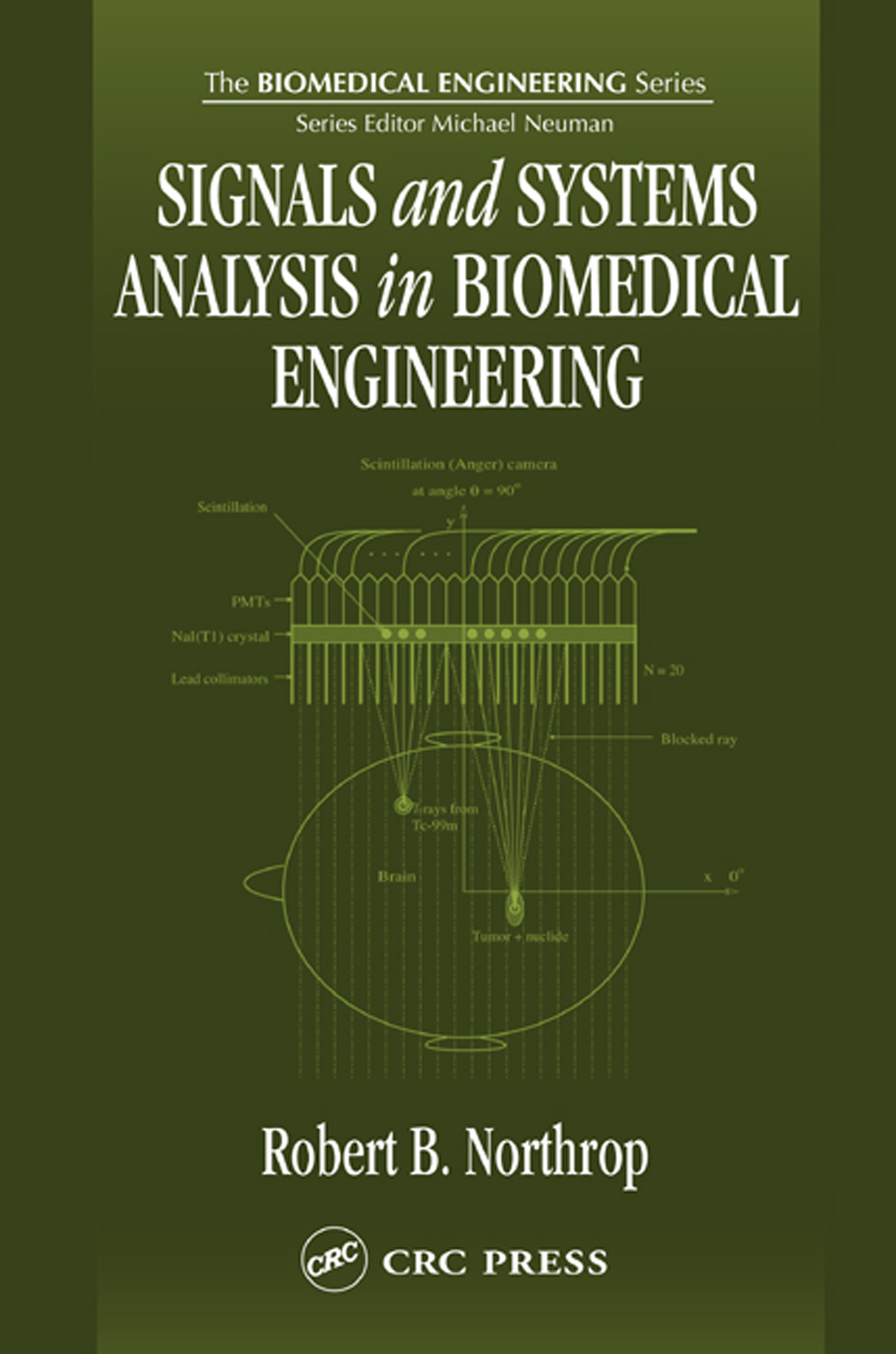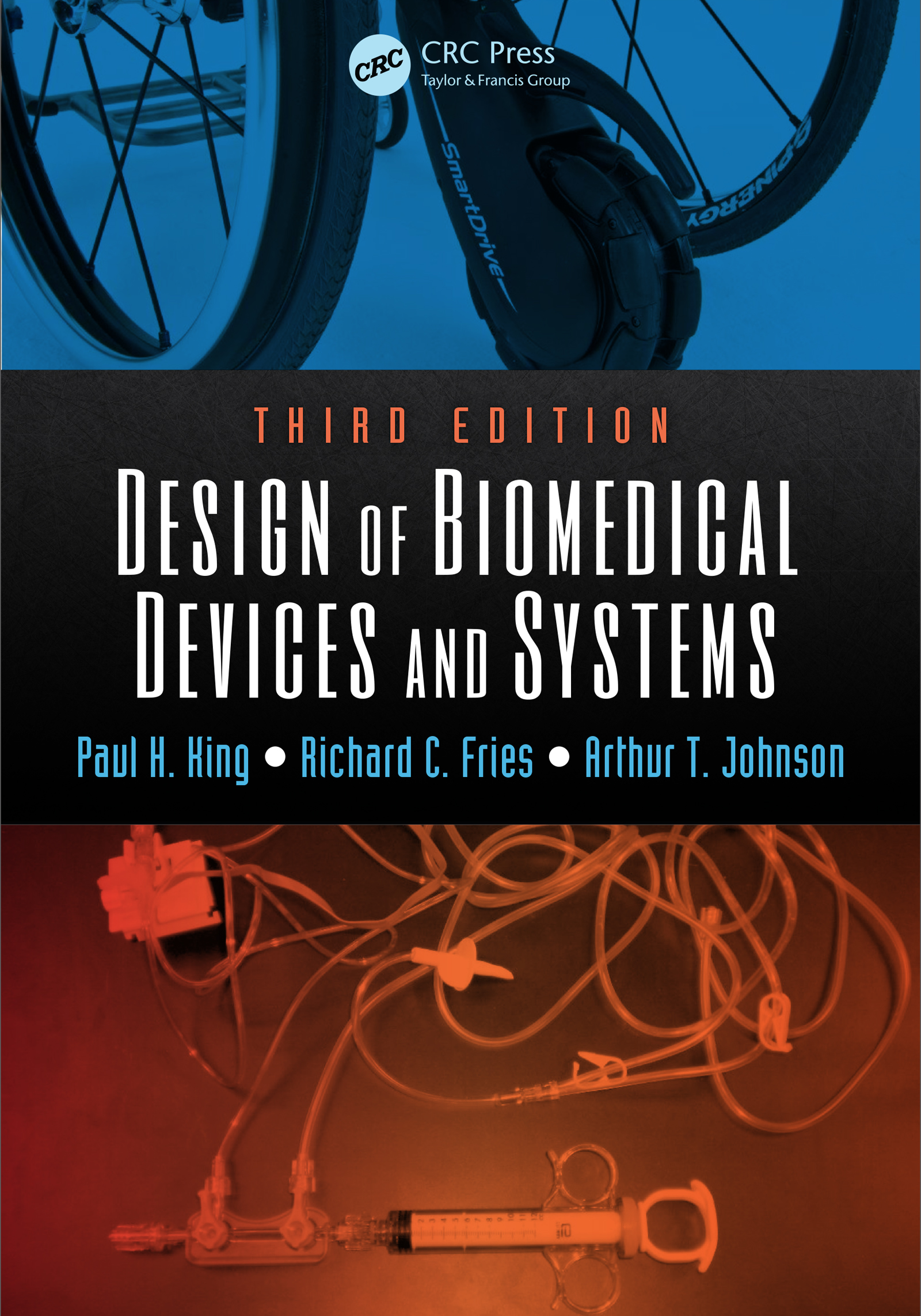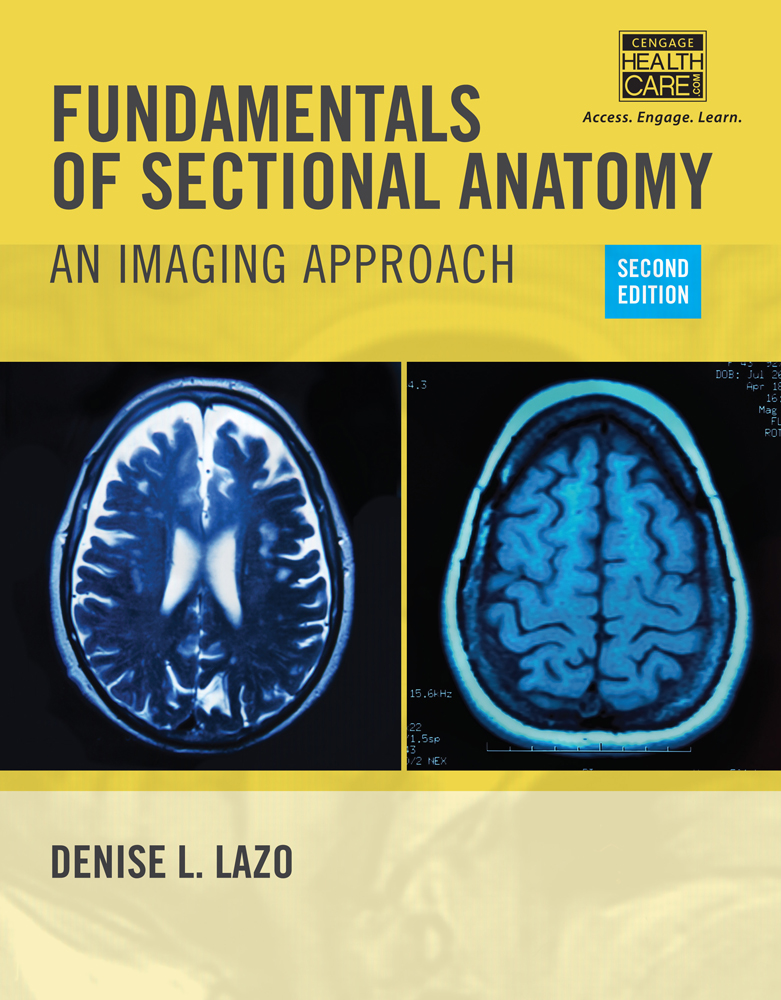CLCR3
LanguageENG
PublishYear2004
publishCompany
CRC Press
EISBN
9780203011140
PISBN
9780849315572
edition
1
- Product Details
- Contents
The interdisciplinary field of biomedical engineering requires its practitioners to master not only engineering skills, but also a diversity of material in the biological sciences. This text helps biomedical engineers strengthen their skills in the common network of applied mathematics that ties together these diverse disciplines. Based on the author's 30 years of experience in teaching as well as his personal research on neurosensory systems, Signals and Systems Analysis in Biomedical Engineering provides a ready source of information on those specialized mathematical techniques most useful in describing and analyzing biomedical signals, including ECG, EEG, blood pressure, biochemical spectrograms, and tomographic images.
Enriched with many examples that promote sound practical analysis, this book:
Presents the traditional systems mathematics used to characterize linear time-invariant (LTI) systems and, given inputs, find their outputs
Explains the relations between impulse response, real convolution, transfer functions and frequency response functions
Reviews specialized mathematical techniques used to characterize and model nonlinear systems
Introduces the basic mathematical tools used to describe noise and how it propagates through LTI and NLTI systems
Describes how signal-to-noise ratio can be improved by signal averaging and linear and nonlinear filtering
Enriched with many examples that promote sound practical analysis, this book:
Collected by
- Yale University
- University of Melbourne Library
- Columbia University Library
- Stanford University
- University of Chicago
- UCB











